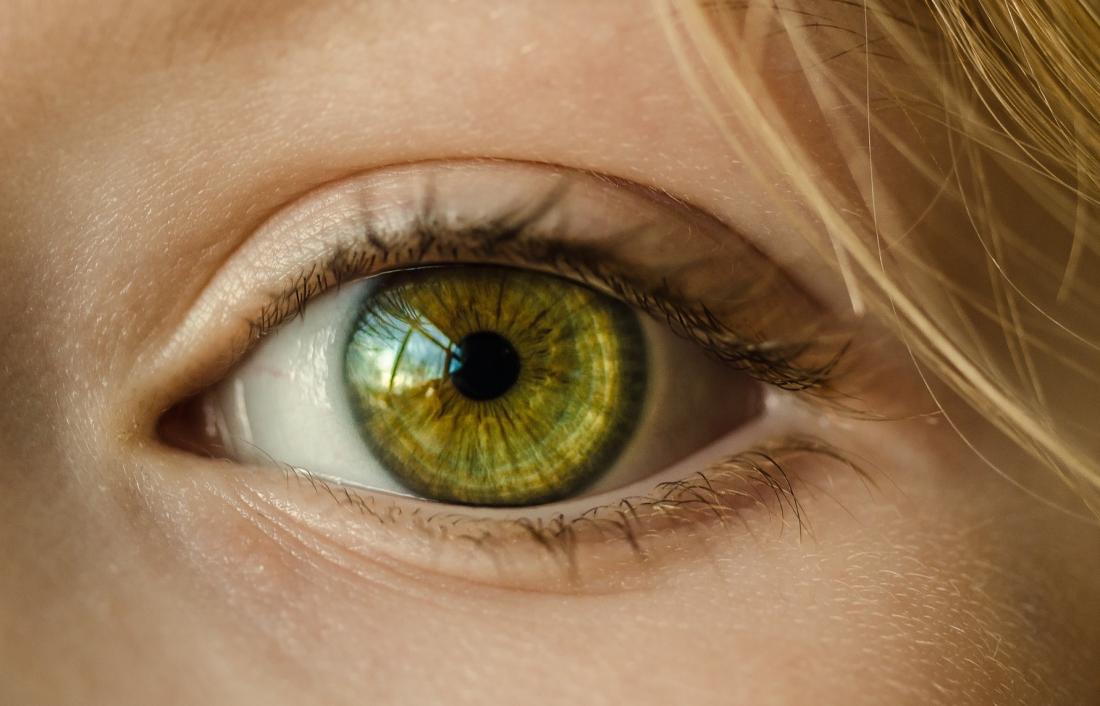justineanweiler.com – For decades, people have used colored contact lenses to temporarily change their eye color. However, advancements in biotechnology are now making permanent eye color change a reality. Through innovative medical procedures and cutting-edge research, scientists and biotech companies are exploring safe and effective ways to alter eye pigmentation.
In this article, we’ll explore the latest technologies behind eye color modification, the science behind the process, and the ethical and medical considerations involved.
How Eye Color is Determined
Eye color is primarily determined by melanin, the same pigment responsible for skin and hair color. The amount and distribution of melanin in the iris dictate whether someone has brown, blue, green, or gray eyes:
- Brown Eyes – High melanin concentration
- Blue Eyes – Low melanin concentration; light is scattered in a way that makes the iris appear blue
- Green & Hazel Eyes – A mix of melanin and structural light scattering
Unlike skin or hair, melanin levels in the iris remain mostly unchanged throughout life. However, biotechnology is now finding ways to modify this natural trait permanently.
Biotech Innovations for Changing Eye Color
1. Laser-Based Melanin Removal (Stroma Procedure)
One of the most well-known biotech advancements in eye color change is the Stroma Medical procedure, which uses a laser to remove melanin from the iris.
How it works:
- A laser targets and disrupts melanin cells in the iris.
- Over the course of several weeks, the body naturally disposes of the pigment.
- As a result, brown eyes gradually lighten to blue or gray (depending on the individual’s natural eye structure).
This procedure is still undergoing clinical trials and regulatory approval but has gained interest as a non-invasive and permanent alternative to colored contacts or implants.
2. Iris Implant Surgery
Originally developed for medical purposes (to treat eye trauma and congenital iris defects), iris implant surgery is another method that allows people to change their eye color.
How it works:
- A silicone-based artificial iris is inserted through a small incision in the cornea.
- The implant sits over the natural iris, giving it a new color (blue, green, gray, etc.).
- The procedure can be reversed by removing the implant.
While this surgery provides instant eye color change, it comes with risks, including increased intraocular pressure, potential vision loss, and corneal damage. Many ophthalmologists do not recommend this for cosmetic purposes due to safety concerns.
3. Genetic Engineering & Stem Cell Research (Future Possibilities)
Scientists are also exploring genetic editing and stem cell therapies as future possibilities for altering eye color.
- CRISPR gene-editing technology could theoretically modify the genes responsible for melanin production, leading to a gradual and natural eye color change.
- Stem cell therapies might one day allow for the controlled manipulation of eye pigmentation without invasive procedures.
These approaches are still in early research stages and may take years before becoming viable for human applications.
Medical and Ethical Considerations
Is It Safe?
- Laser procedures are generally considered low risk but may cause unintended pigment dispersion, which could lead to glaucoma.
- Iris implants carry higher risks, including vision impairment and inflammation.
- Genetic modifications would require extensive testing to ensure they don’t interfere with other biological processes.
Ethical Concerns
- Should cosmetic genetic modifications be available to the public?
- Could widespread access to eye color change lead to social biases or identity concerns?
- Will this technology remain affordable and accessible, or will it be limited to the wealthy?
Conclusion: A New Era for Eye Color Change?
Biotechnology is pushing the boundaries of what’s possible in cosmetic eye modification. While laser-based melanin removal is the most promising method currently being explored, other advancements in genetics and stem cell research could revolutionize how we perceive and alter natural features in the future.
However, safety concerns and ethical debates remain. As the technology progresses, the focus must remain on ensuring that health, safety, and accessibility are prioritized over purely aesthetic motivations.





